
Compare LG QNED to LG OLED
Comparison LG QNED and LG OLED
| LG QNED | LG OLED | |
|---|---|---|
| Highest brightness | Yes | No |
| Biggest contrast | No | Yes |
| Deepest black levels | No | Yes |
| Least reflection | Yes | No |
| Best viewing angle | No | Yes |
| Best for during the day | Yes | No |
| Best for the evening | No | Yes |
Brightness and color
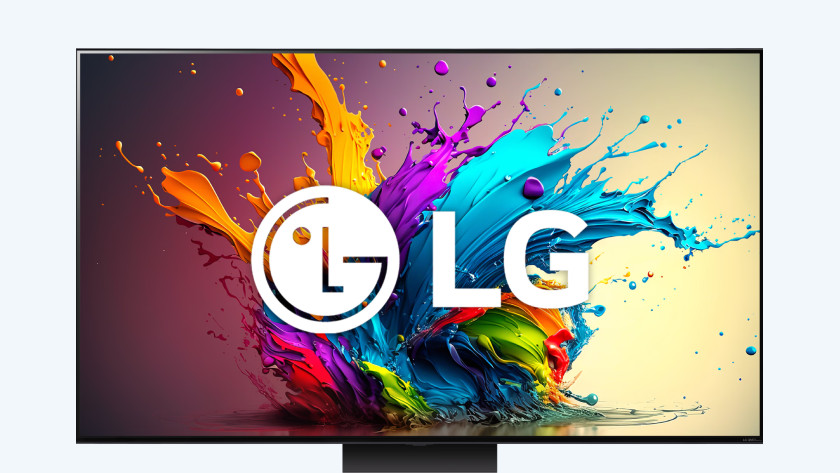
QNED: highest brightness
QNED televisions combine a quantum dot layer and the Quantum NanoCell filter. Both technologies use small particles on the screen that filter light and color. This way, a QNED TV always displays the correct colors and brightness. LG QNED televisions combine this with Mini-LED backlight. Mini-LED consists of blue LED lights. Thanks to quantum dot, this blue light is converted into green. Quantum NanoCell converts this light to a red color. This way, you can watch images with rich and pure colors on LG QNED televisions.
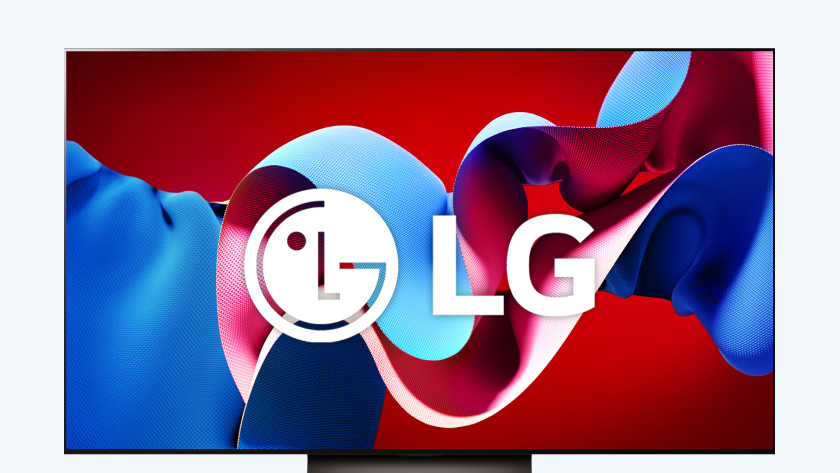
OLED: less high brightness
An LG OLED TV shows a less high brightness than QLED televisions. An OLED television does support HDR, so you can see more than a billion colors. An OLED television doesn't use nano crystals on the screen that increase the brightness. As a result, an OLED TV performs best in a dark room. This way, you see deep and pronounced colors the best.
Contrast and black levels
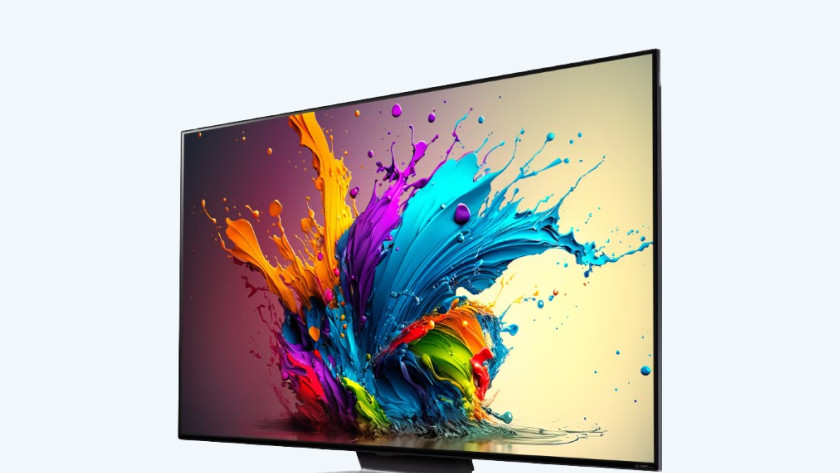
QNED: less strong contrast
QNED televisions use backlight with dimmable zones or pixels. TVs with dimmable zones have a less strong contrast, because this way of dimming is less accurate. Some QNED TVs use Mini-LED backlight. The pixels dim themselves individually with this, which provides better black levels and a good contrast. A QNED screen does have a less strong contrast than an OLED screen. This is because a QNED screen can't completely turn off the pixels, so the TV doesn't show true black.
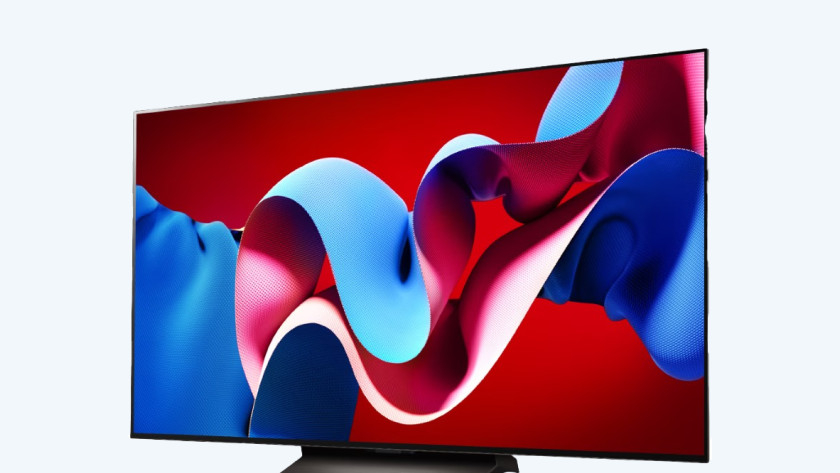
OLED: strongest contrast
With an LG OLED television, you can be sure of the strongest contrast with the deepest black levels. With the millions of individually dimmable pixels of an OLED TV, pixels can turn themselves off completely. This way, black images are really black. You can see that with images of a starry sky, for example. The sky is really black, while the stars jump out brightly. You also don't see a glow around the lights with LG OLED television, because the pixels around the lights turn themselves off completely.
Viewing angle and reflection

QNED: less good viewing angle, least reflections
QNED televisions have a less wide viewing angle than OLED televisions. When you watch TV at an angle of about 55 degrees, you'll notice a difference in color representation and brightness. With the high brightness of QNED televisions, a QNED TV doesn't reflect as much as an OLED TV. The backlight and nano crystals on the screen prevent the reflection. This way, a QNED TV performs well in a lit room.
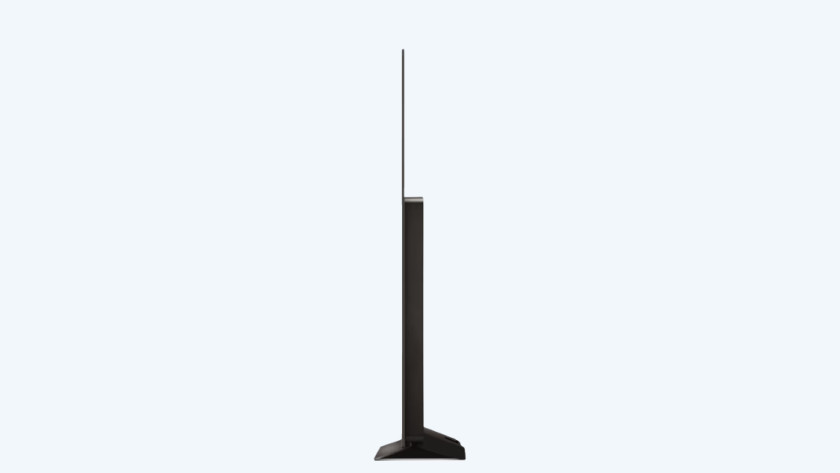
OLED: better viewing angle, more reflections
LG OLED televisions have an excellent viewing angle. You can easily see the screen of an OLED TV from any corner of your room. You'll only notice a decrease in colors and brightness at an angle of 85 degrees. OLED screens are generally darker and richer in contrast than QNED screens. This way, you'll see more reflections on an OLED TV. Keep the lighting in mind when you're looking for a spot for your OLED TV.
Conclusion
Both an LG QNED and LG OLED television offer an excellent image quality. But the 2 television types differ in key points. If you prefer images with a lot of contrast with the deepest black levels, choose an LG OLED TV. If you prefer bright images with vibrant and pronounced colors, choose an LG QNED TV.


